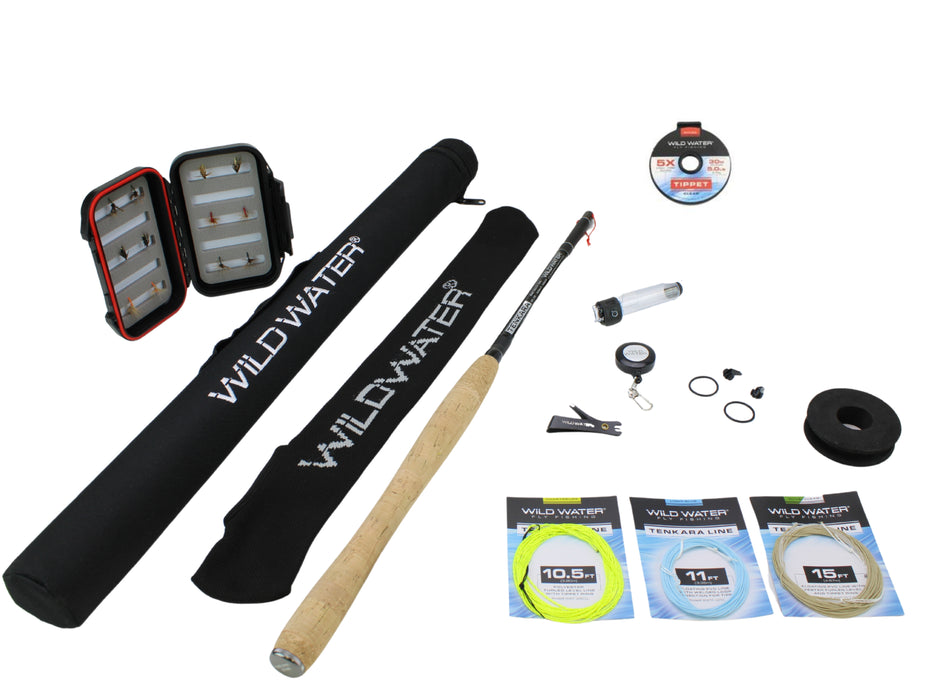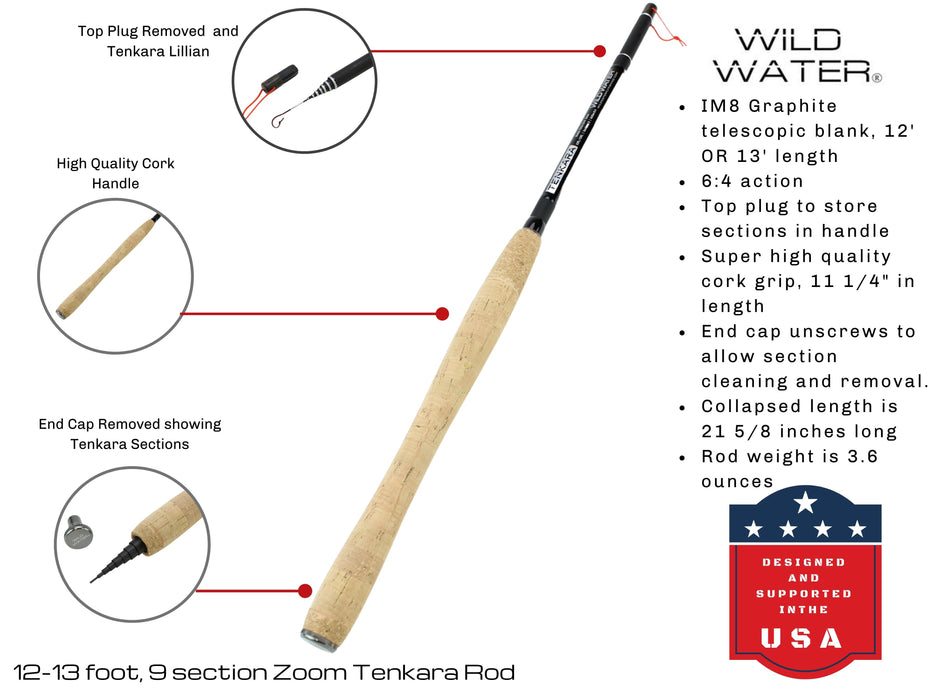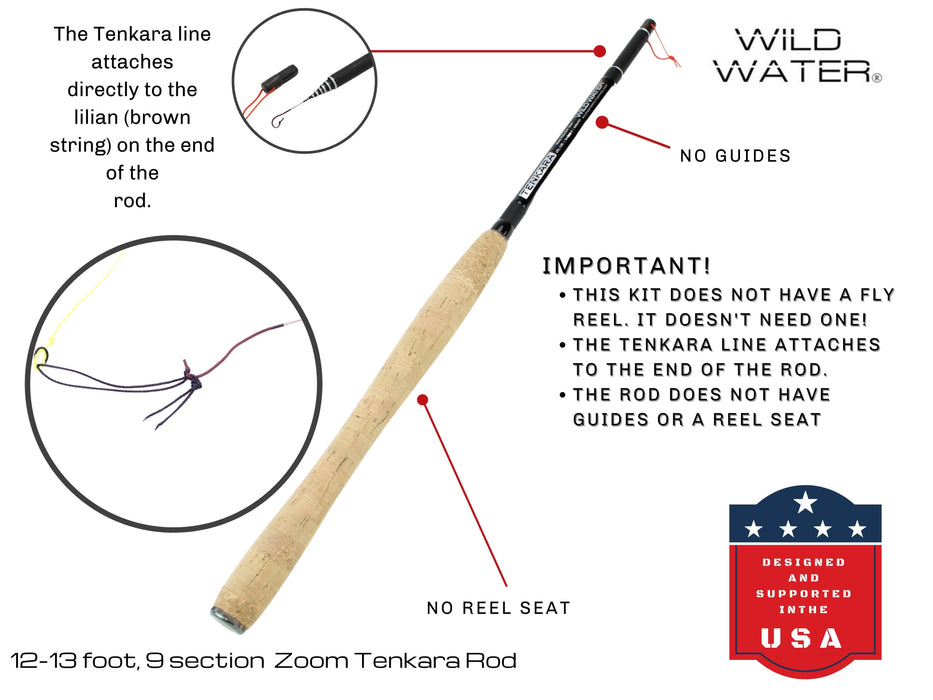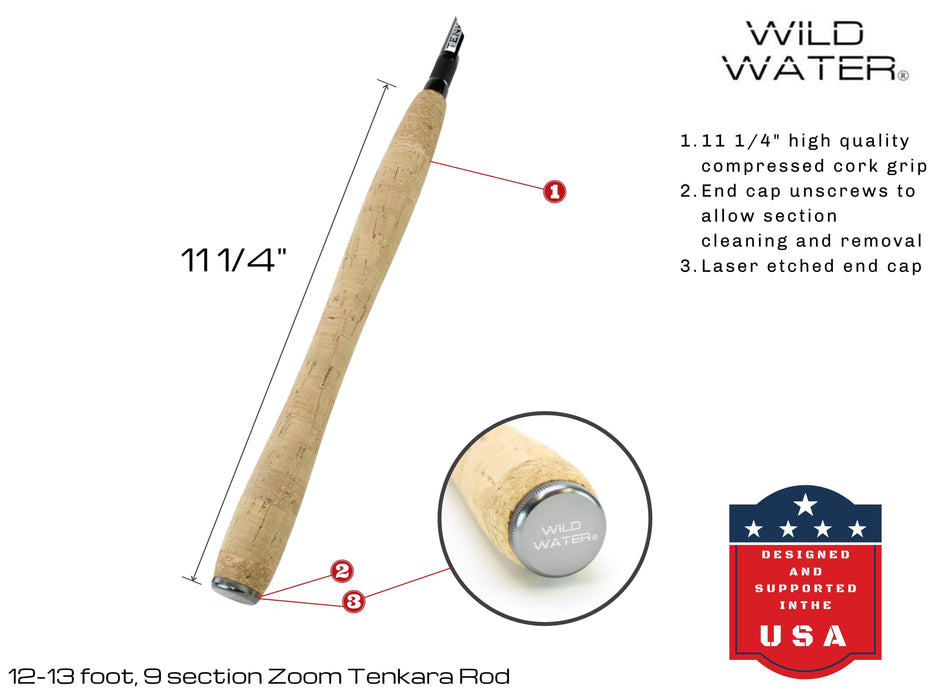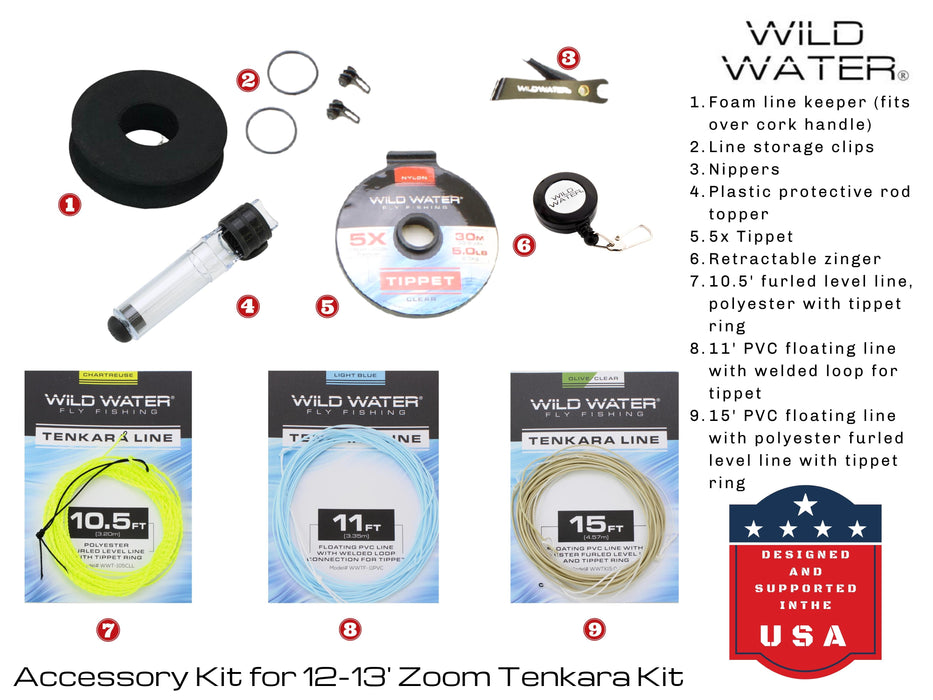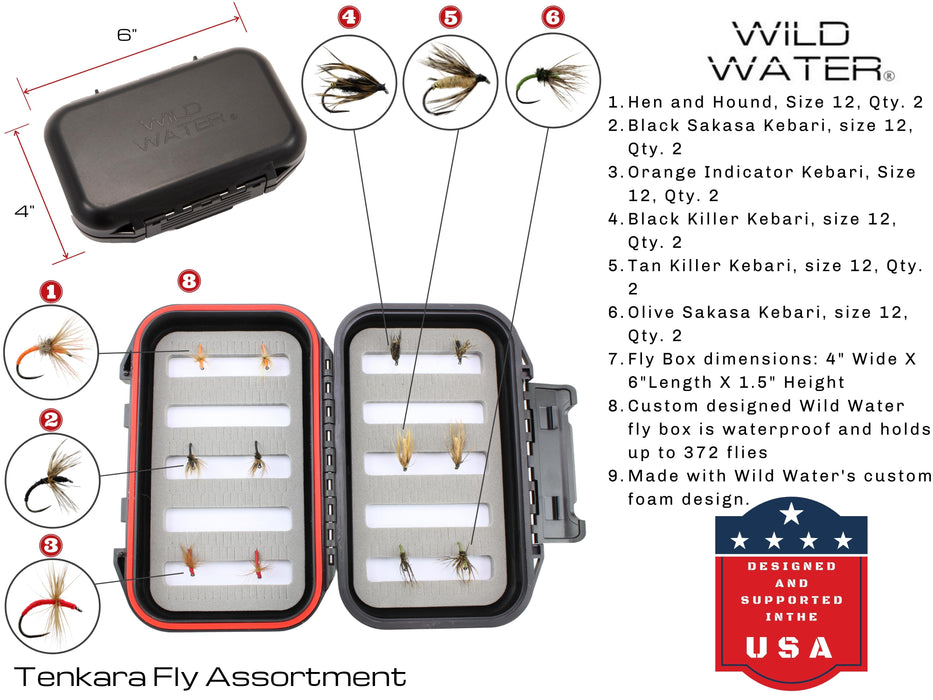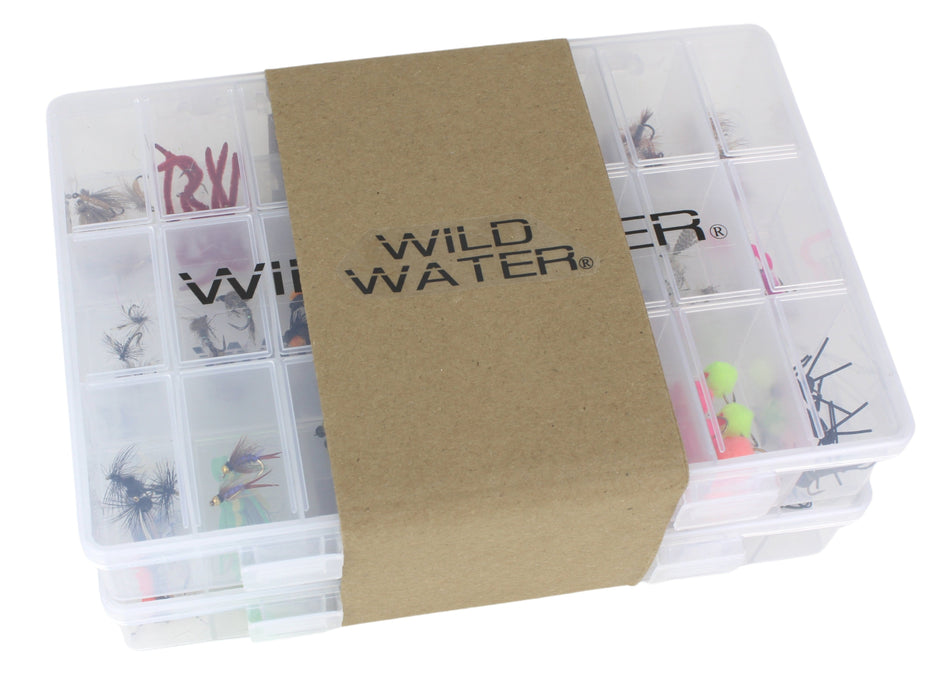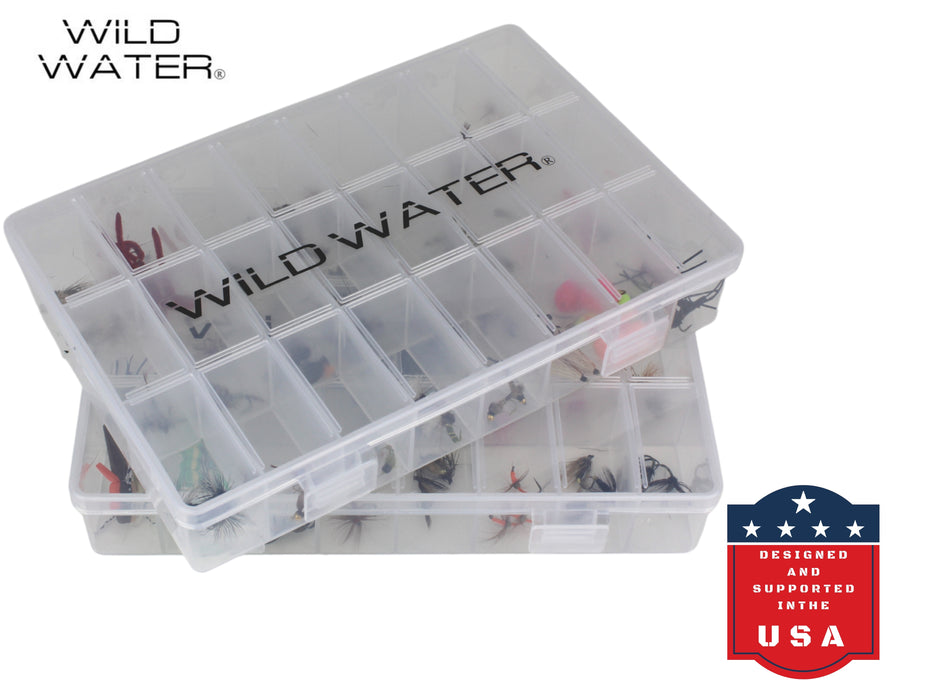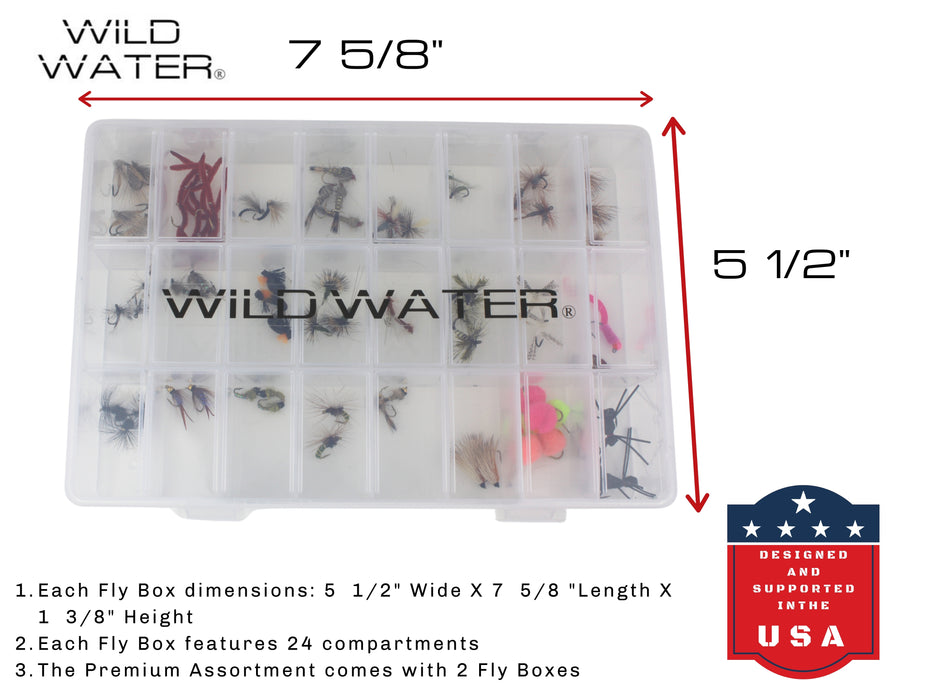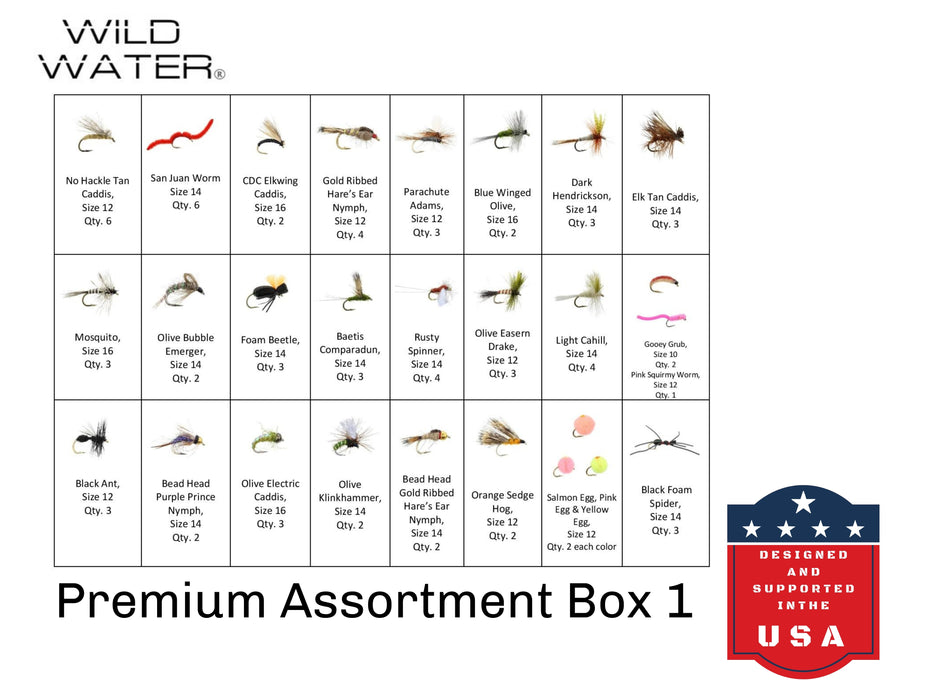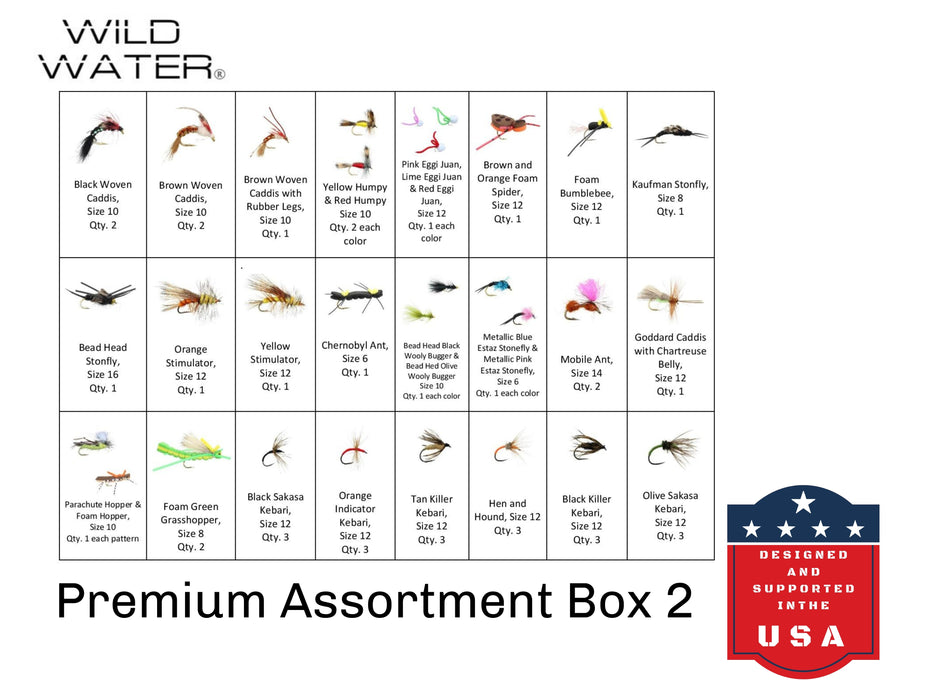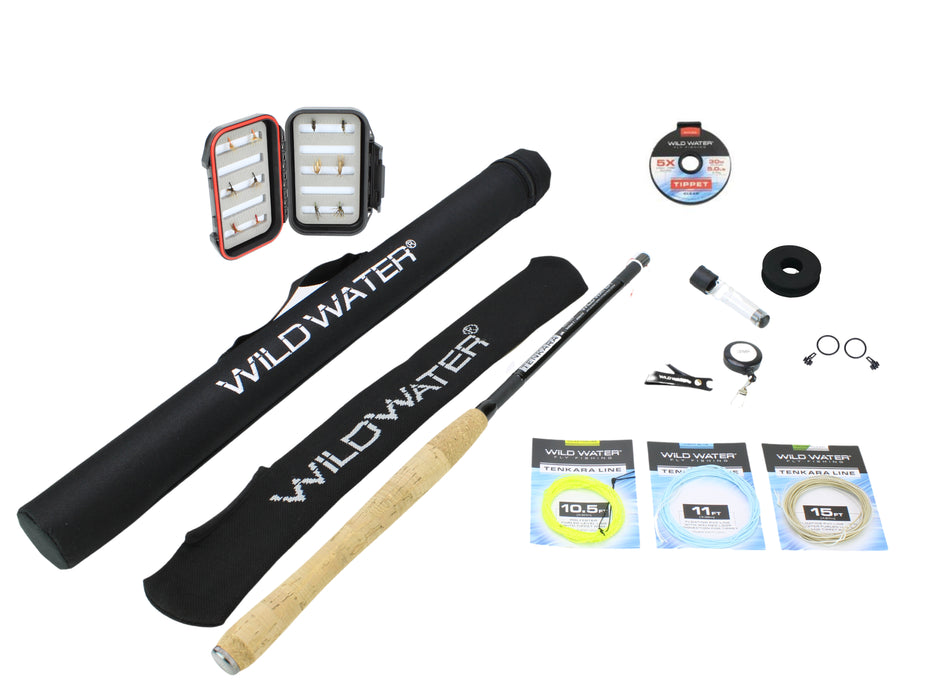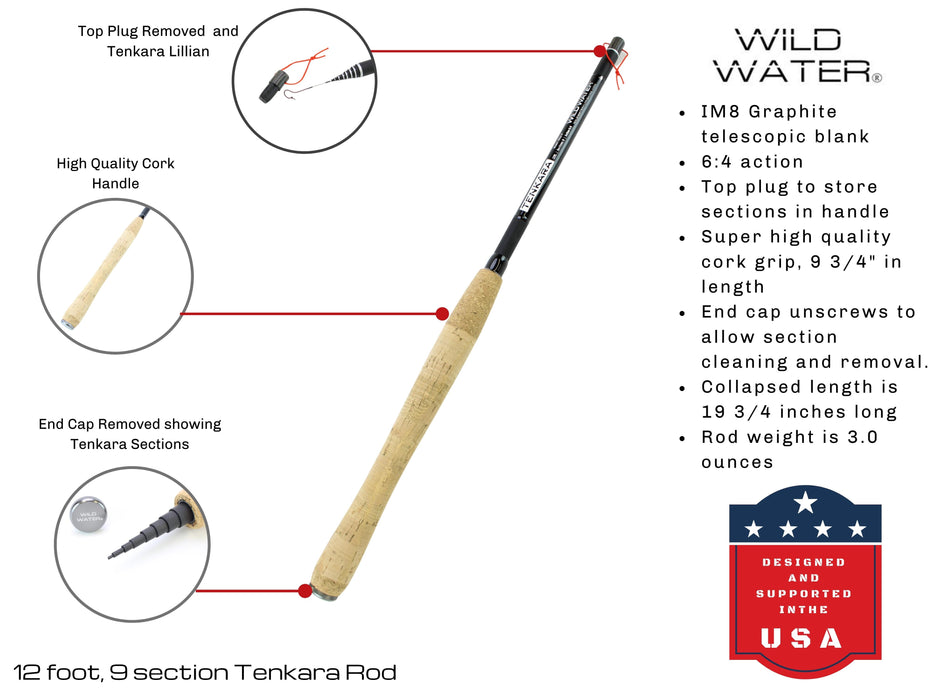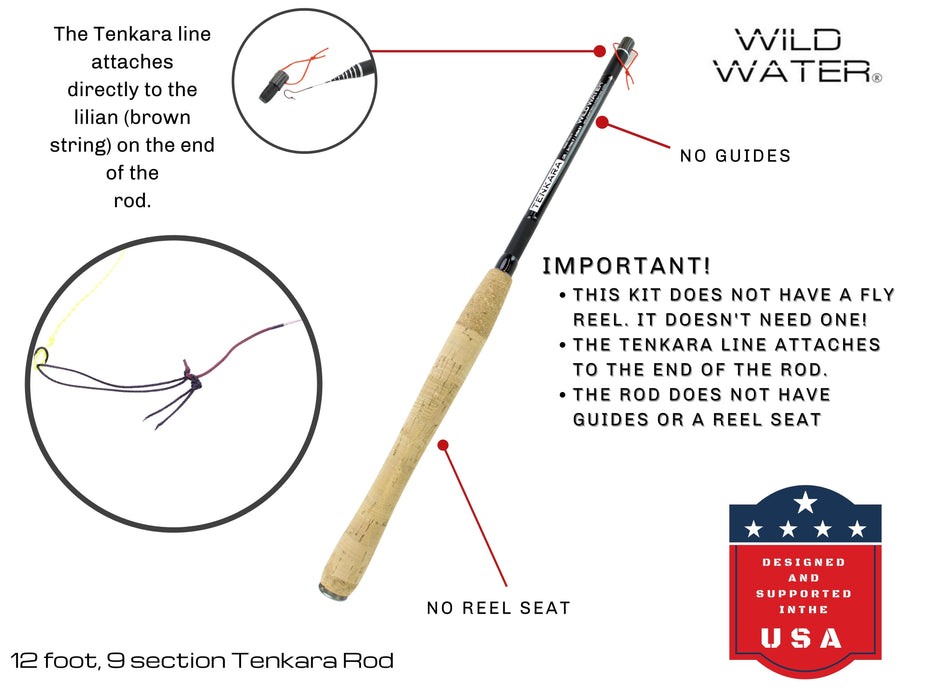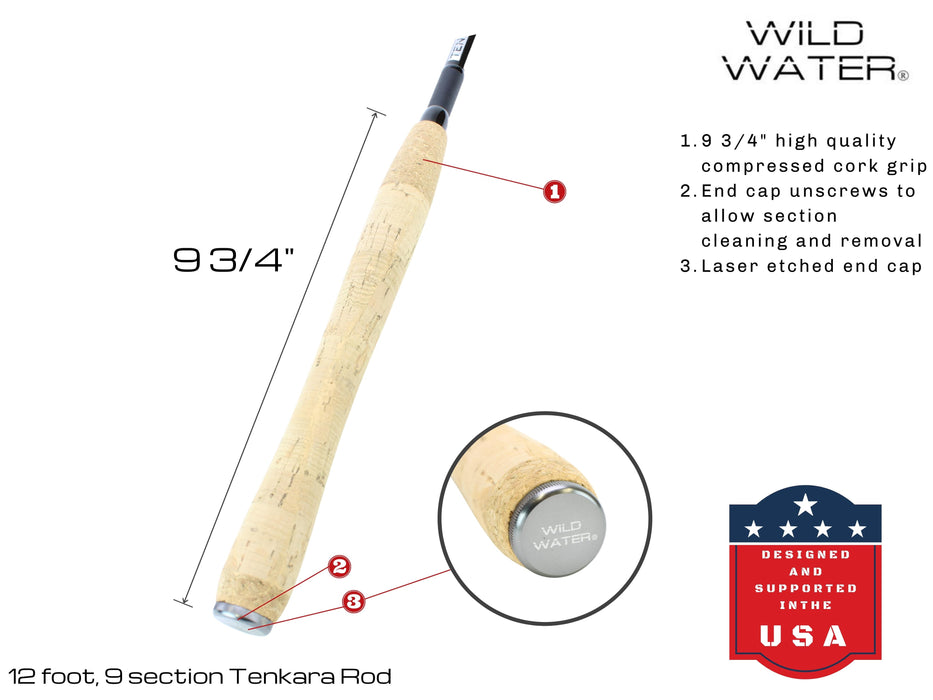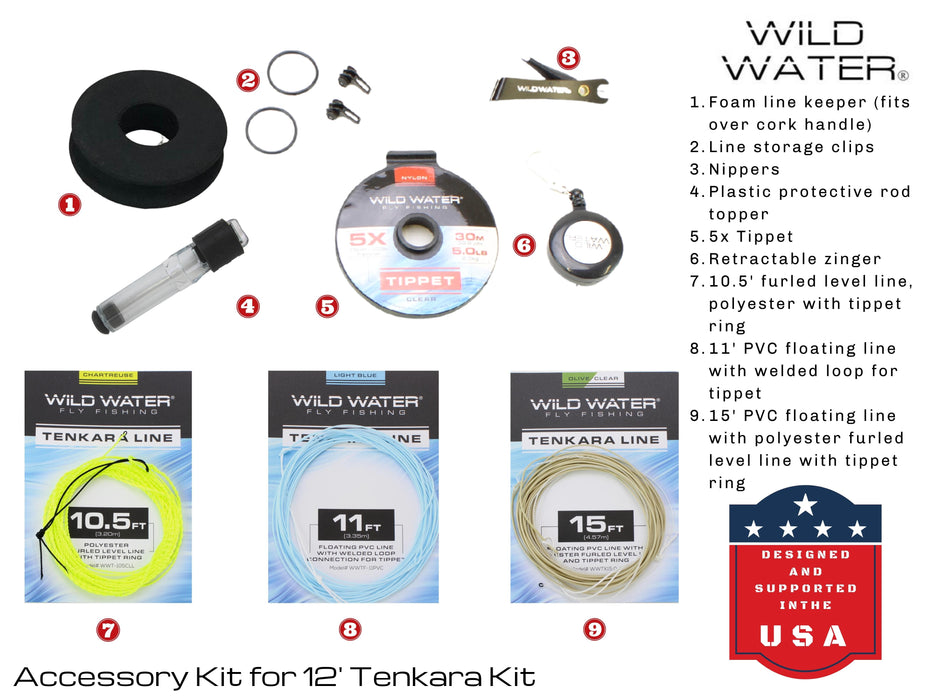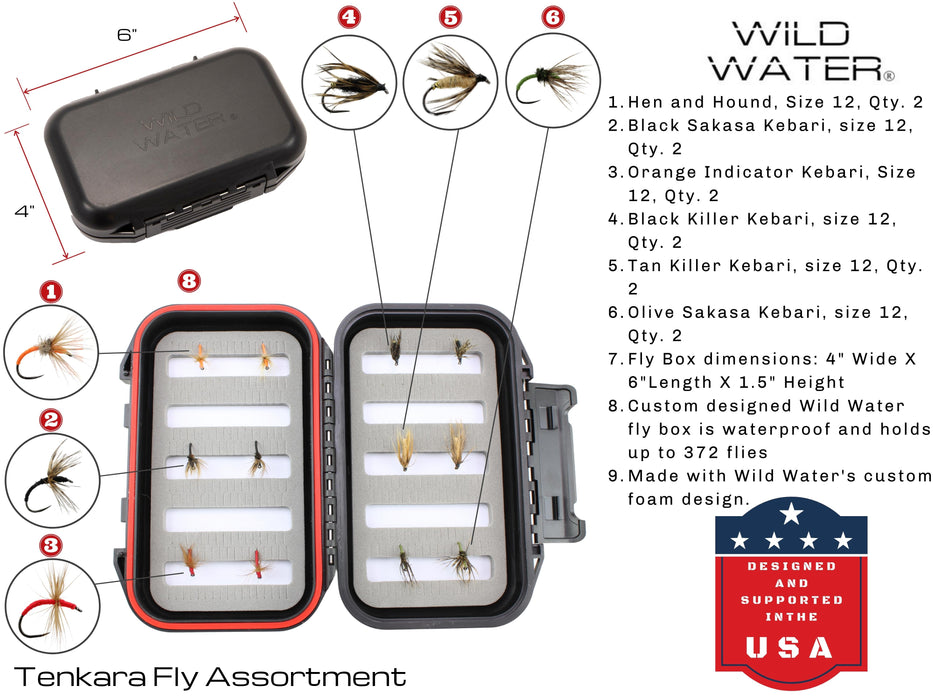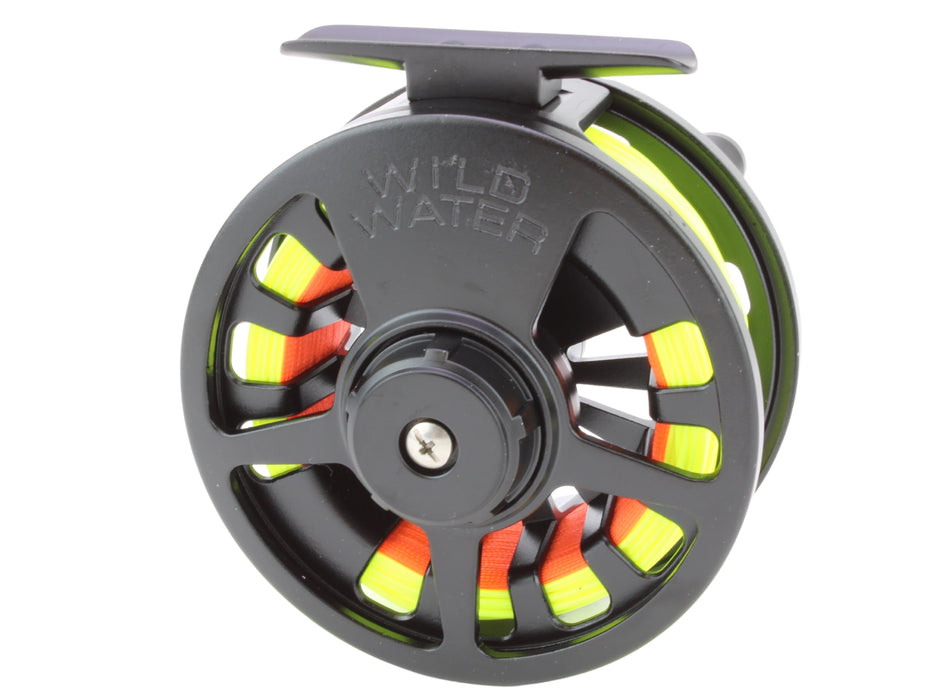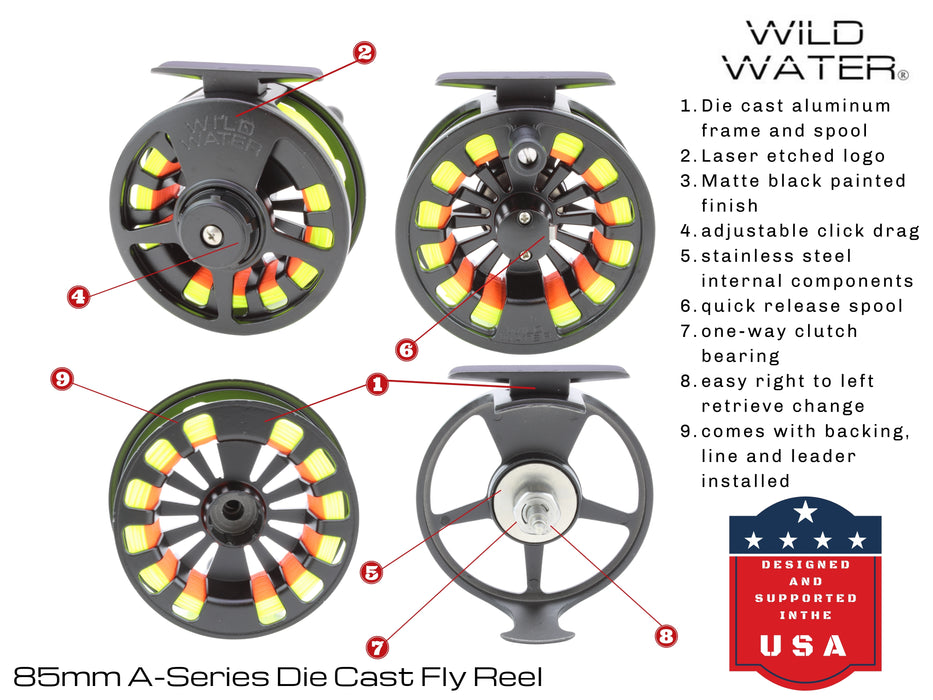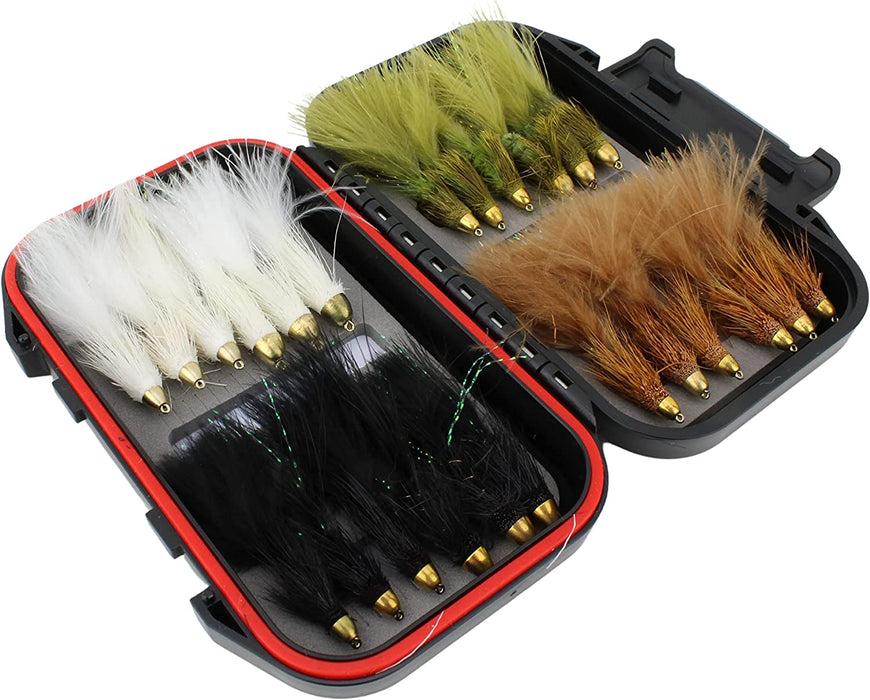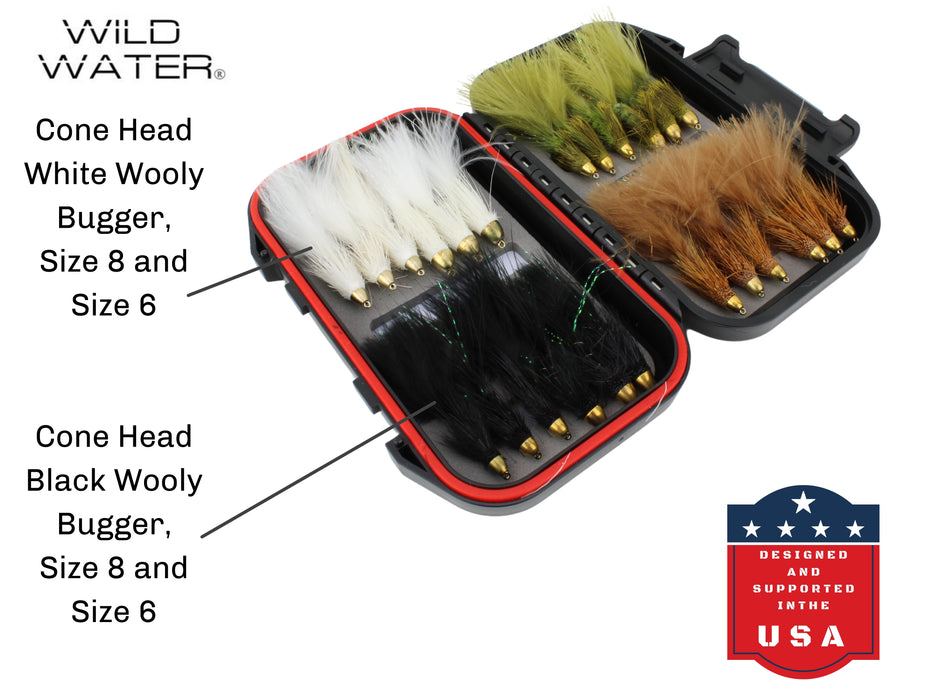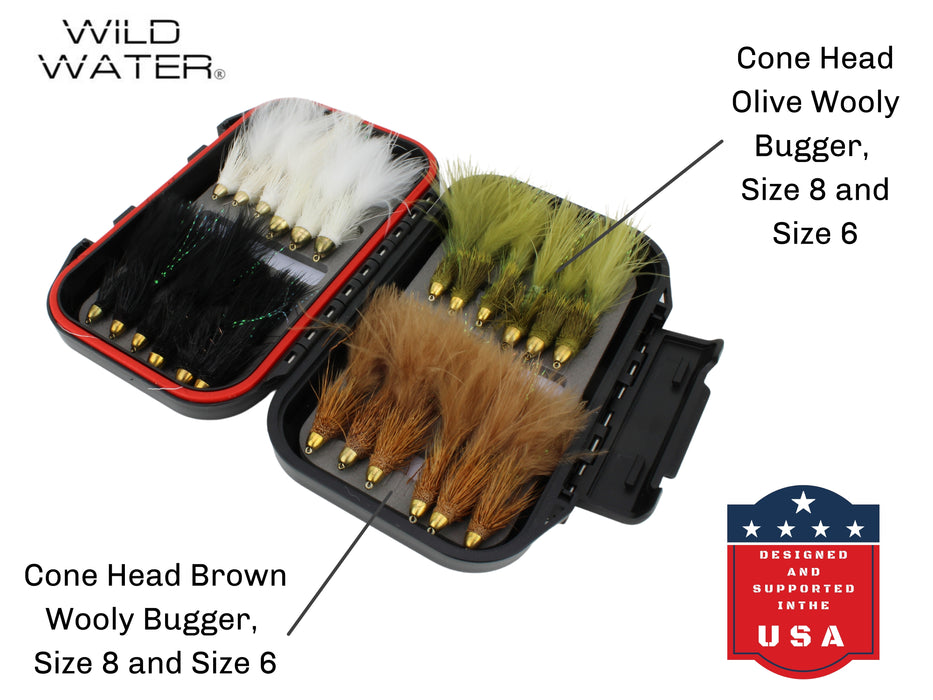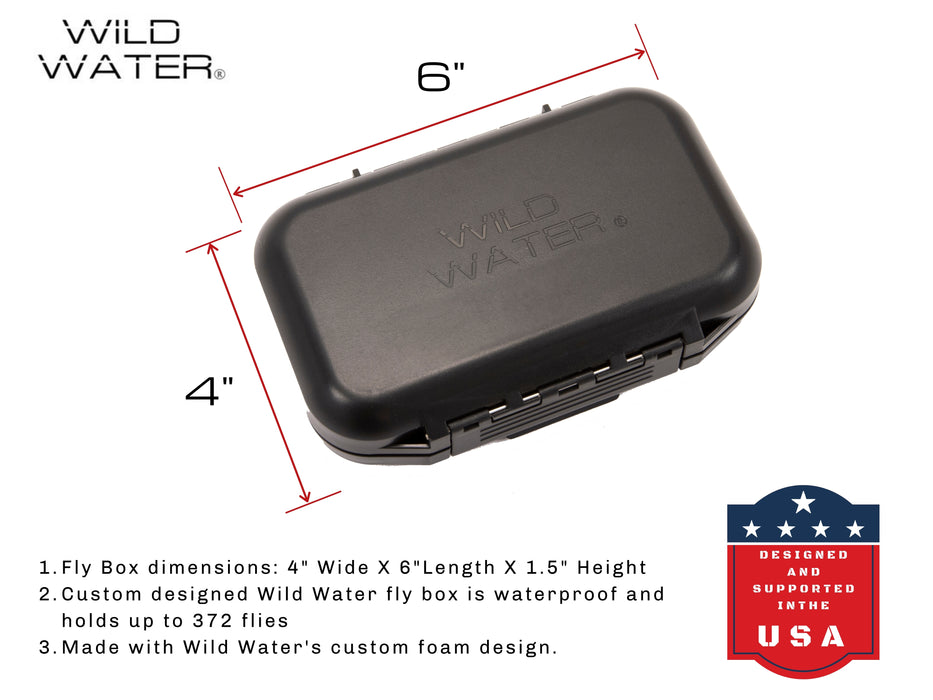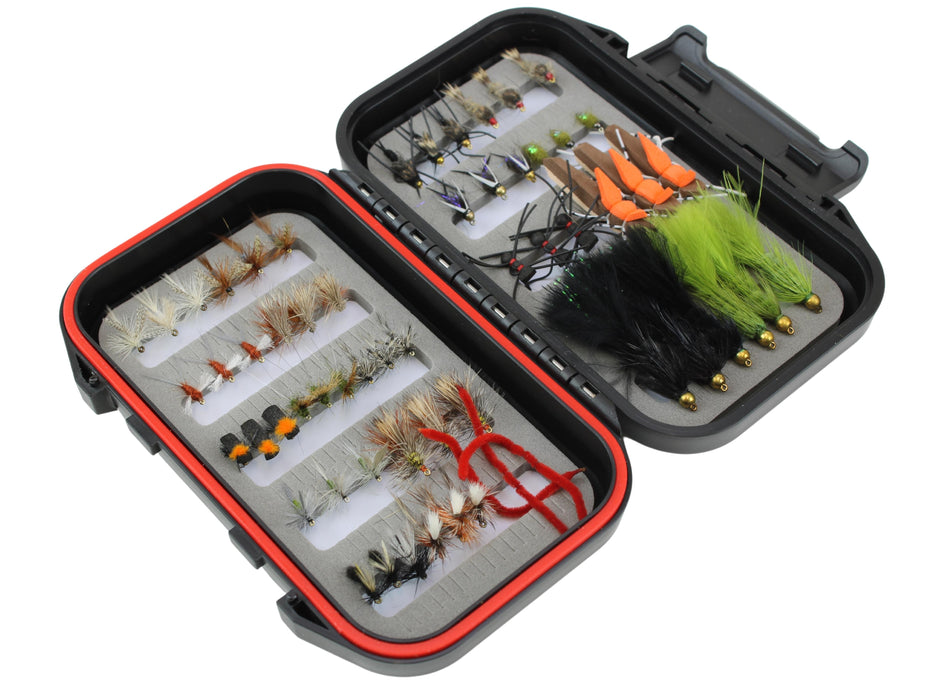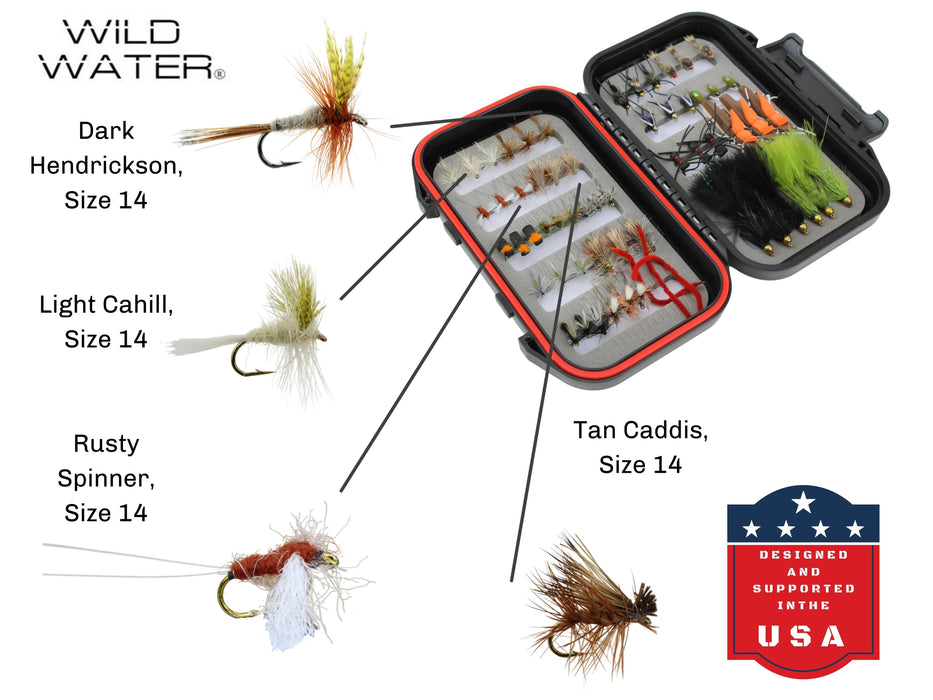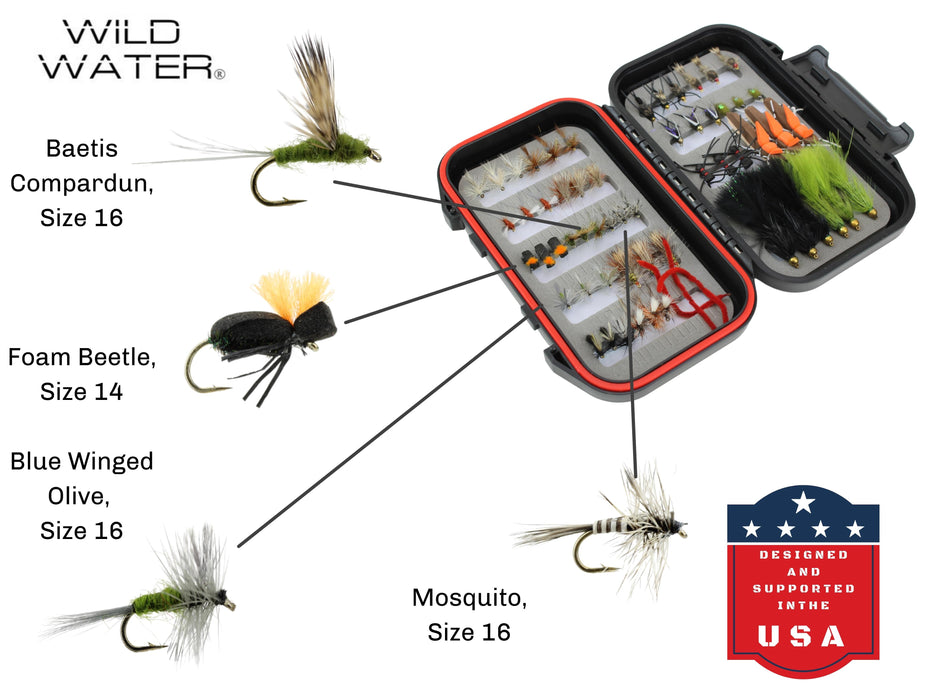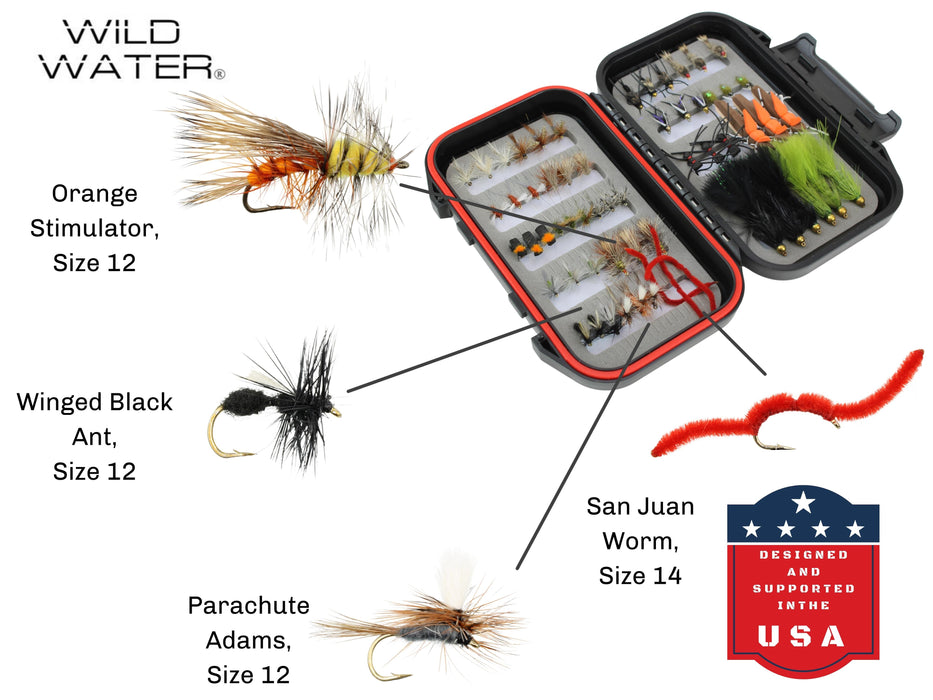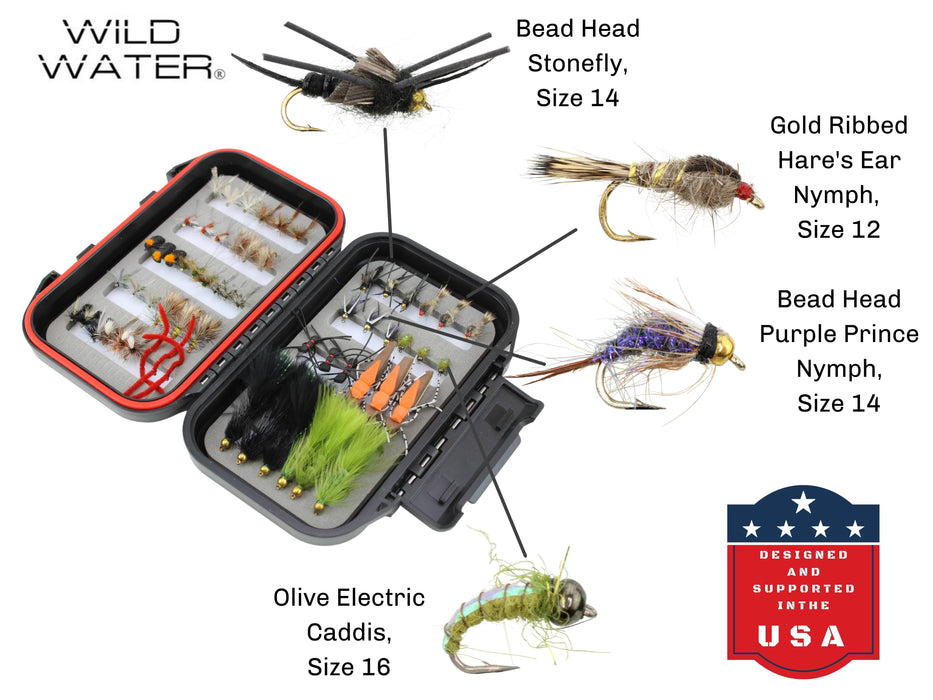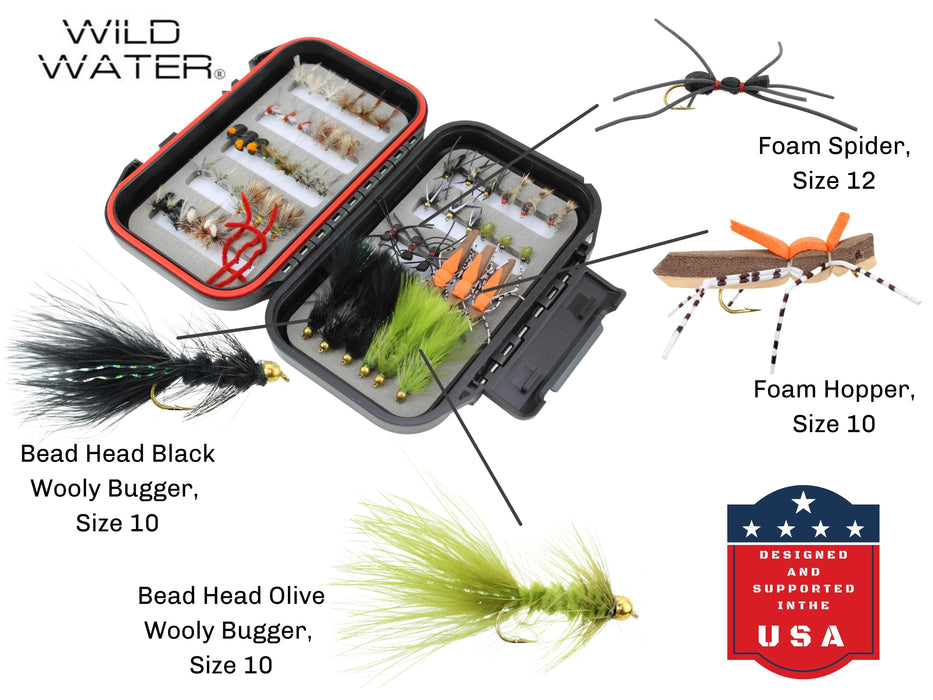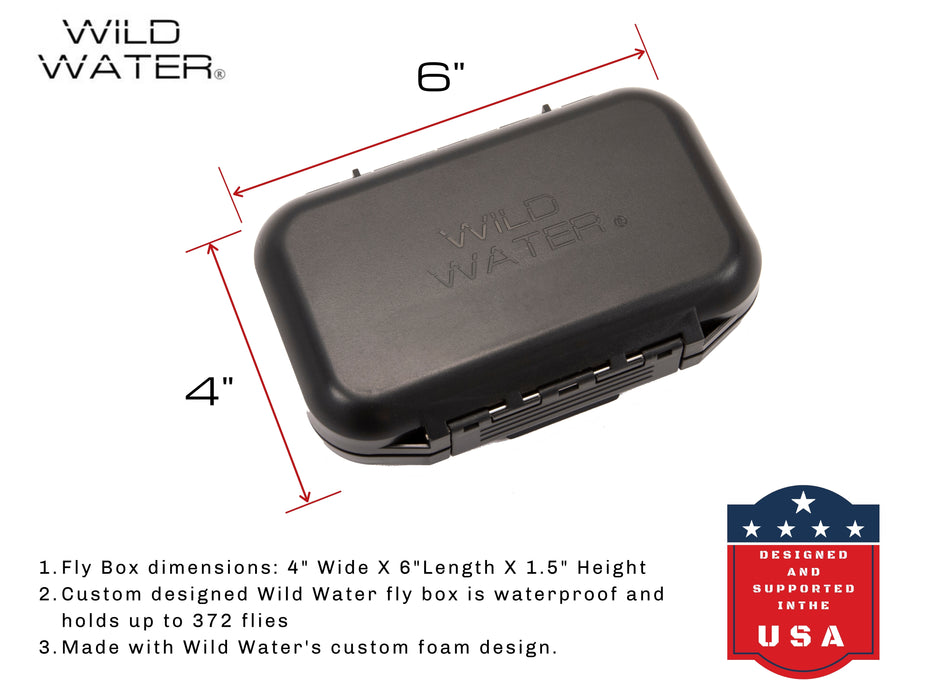Fly Fishing for New Jersey's Winter Striped Bass
When you fish the southern New Jersey tidal marsh in the dead of winter, you better dress warm, because when you’re standing shin-deep in icy muck, heat has a tendency to escape. Right now, I’m bundled like some neighborhood kid on Christmas Eve whose mom dressed them up to go out and build a snowman. Instead of hot chocolate and a carrot to plunge into the snow, I’m carrying an 8-weight fly rod and a tissue box sized fly box filled with baitfish imitations. As far as I can see, the marsh seems devoid of life. A lone heron flies overhead, fiddler crabs have retreated to their muddy burrows, searching in vain for last summer’s warmth, and I stand shivering on a creek bank, watching the tide drain out to the ocean, and planning my first cast for Jersey’s famous coldwater stripers.
New Jersey holds over 200,000 acres of tidal salt marsh, and most of it can be found in the state’s southern peninsula, spanning from the Delaware Bay shore, around the tip of Cape May, and up the eastern seaboard. On a map, these marshes emerge as a mottled canvas of verdant cordgrass. Tidal streams course through the canvas like loose threads. They twist and wind through the marsh, spill into and pour out of the shallow bays, and eventually, after aimless miles, drain out to the ocean. These are the inlets, the striper highways, where striped bass infiltrate the marsh every spring as a part of their migration. The migration begins in the Chesapeake Bay region. They travel the coastline northward, passing through South Jersey, and then on to their wintering grounds. They return in the fall on their way back to the Chesapeake and repeat that process year in and year out. But a few of these fish find the whole migration thing a big waste of time. These fish hold up in the estuaries and become New Jersey’s resident stripers. In the winter time, they attack flies without discretion.
Winter’s chill cuts across my cheeks with a stiff breeze as I study the water in front of me. The current runs smooth towards the center of the creek and violent along the edges, creating fishy current seams that every trout angler could appreciate. I tighten up my wading belt, slip my cotton sweatshirt hood up and over my head, and rub my hands together trying to create heat that never arrives. Then, I heave the tip of my 8-weight rod high in the sky so that my 4” Striper Candy fly dangles at eye level. Yesterday, I caught several fish on this fly. It looks tattered, but the knot looks good, so I pitch it back over my shoulder, and sail a cast upstream.
In South Jersey, typical striped bass prey include bay anchovies, eels, silversides, and mummichogs. In the late fall, the area sees a productive peanut bunker run that creates striper blitzes. In the midwinter, Atlantic herring arrive on the shoreline, usually with big bass tailing after them. But from where I’m fishing in the salt marsh, the primary food sources are those tiny baitfish whose metabolisms have been so crippled by winter’s icy grip, that they become easy pickings for resident stripers with an appetite. To imitate them with a fly, you need the right profile and the right action. Surf Candy flies imitate bay anchovies, silversides, sand eels, and whatever other long and sleek baitfish lurk in the water. Mine lands upstream with a gentle plop. The current pulls and drags the fly downstream. I let it lay dead. Then, I give it a twitch and a strip. Twitch and strip again. Pause. Nadda. One more cast, two more casts, still nadda.
While fishing stubborn brown trout in a remote mountain stream in northern New Jersey, I met a guy who let me in on a secret to entice finicky fish. “It’s called the figure-8 retrieve,” he said, “and you oughta be pretty nimble with your retrieving hand to do it right.”
The figure-8 retrieve demands precision dexterity. It involves pinching your fly line between your pointer finger and thumb, twisting your hand so your knuckles now point towards your chin, catching the fly line with your pinky, and twisting your hand back down, thus stripping in line. Repeat that process and you’re stripping fly line in a figure-8 motion. That trick caught me a few tight-lipped brown trout in a deep plunge pool, and now I’m thinking it could pull some striper from the river.
The next cast sends my fly upstream. I let it drift as I mend line. Then, I begin a figure-8 retrieve with cold and reluctant fingers. In an instant, the fly line pulls taunt and rips through the surface. Unprepared, the line slips through my hand. I fumble to regain control. I search blindly and frantically with my hand and eventually find the line. Then, I pull on it in a swift strike.
When striped bass fight on a fly line, they don’t death roll like a trout , nor do they take flight like a tarpon. Instead, they run your line, as much as they can get away with. Your reel churns like a NASCAR wheel and the striper sweeps through the water in vicious arcs. The best you can do is hold on tight, let out line when necessary, and wait for the fish to tire out. This fish eventually does, and I work it gently to shore. I slip my net under its belly and heave it out of the water. Its head and tail spill over the sides as its glimmering chrome flank weighs heavy in the mesh. It’s cold to the touch. I admire it for a brief second before releasing it back into the stream. Then, I watch it disappear into the murky depths. I form my freezing and wet hands in a cup, and blow warm air onto my palms. I scan the horizon. There’s not a soul in sight, and I have all day to fish.

